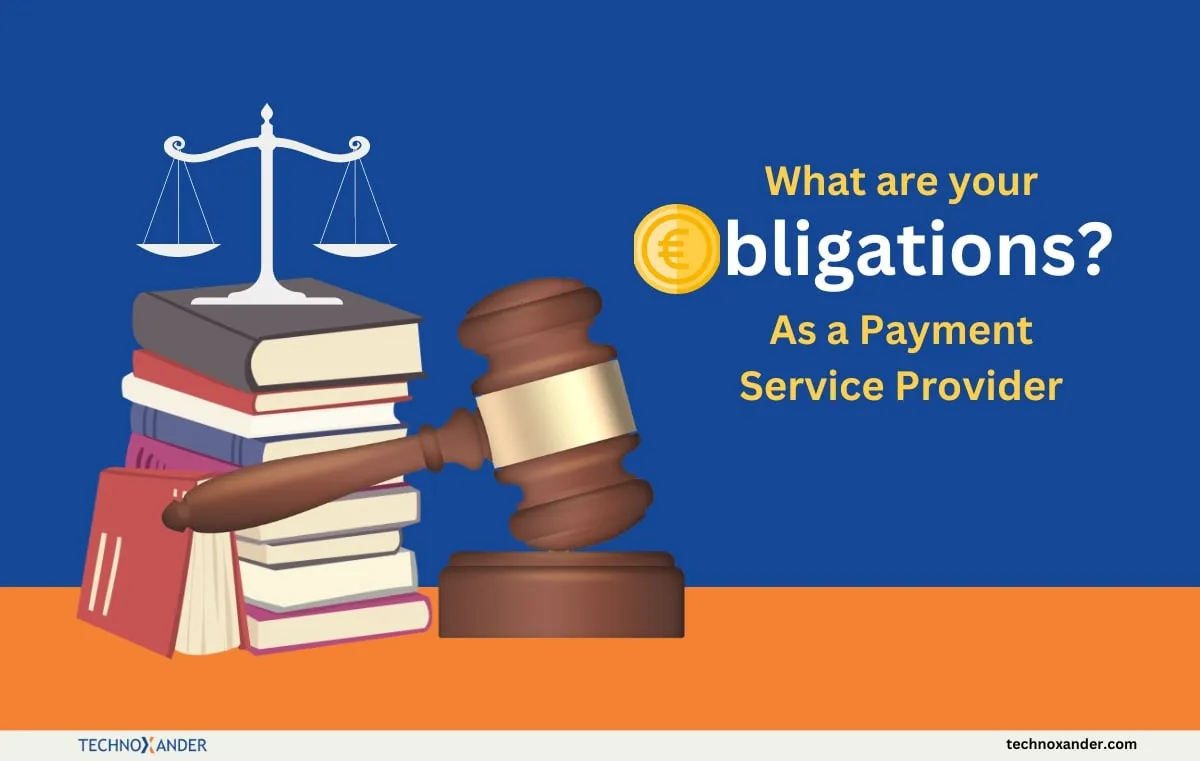
Confirmation of Payee’s name verification process reduces the risk of APP fraud. It also can enhance the detection of fraudulent...
Exploring the latest trends and insights that are transforming the payments ecosystem, with a touch of innovation and fun!

Confirmation of Payee’s name verification process reduces the risk of APP fraud. It also can enhance the detection of fraudulent...

The UK’s Payment Systems Regulators (PSR) are stepping to the plate to protect citizens and businesses, having introduced the new...

The Verification of Payee (VOP) Scheme plays a role, in ensuring that payments reach the intended recipients accurately thus minimizing...

All PSPs registered under the VOP scheme must follow the set of rules and guidelines laid out in the VOP...

The VoP Scheme establishes a set of rules, practices and standards for verification of payee name.
Join Our Newsletter for the Latest Updates.
At TechnoXander, we drive payments innovation with agility and adaptability. Headquartered in London, we empower banks and financial institutions to leverage PSD2, PSD3, Open Banking, and advanced fraud prevention solutions like CoP and VoP. Committed to staying ahead of trends, we invest in cutting-edge financial technology while maintaining robust security, as reflected in our ISO 27001:2022 certification.